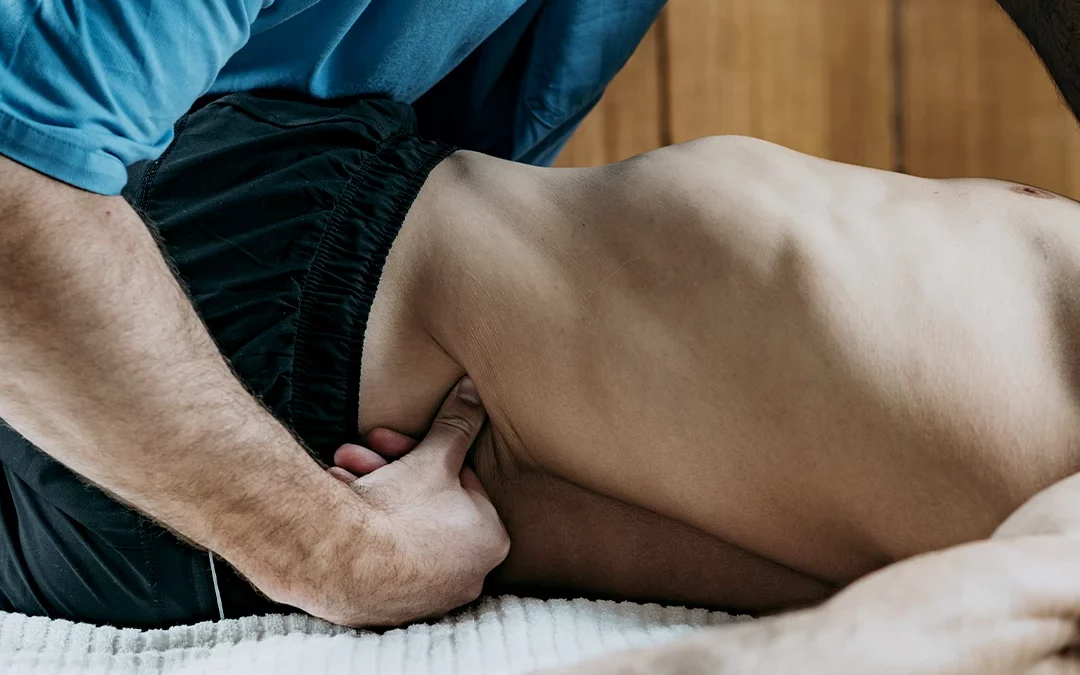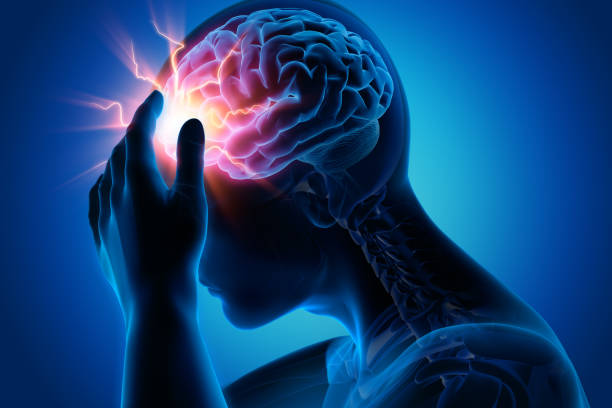The Power of Balance: Why It Matters in Sports, Aging, and Everyday Life
As the owner and lead physical therapist at PhysioEdge Physical Therapy & Sports Performance in Colorado, I see firsthand how balance impacts every aspect of our lives. Whether you’re an athlete striving for peak performance, an older adult looking to maintain independence, or someone simply going about daily tasks, balance is the foundation of movement and function.
Balance in Athletics
For athletes, balance is often the difference between success and failure. Whether you’re a skier carving down the Rockies, a runner navigating uneven trails, an ice hockey player tearing up the ice with dekes and making plays, or a football player dodging tackles, balance dictates movement efficiency and injury prevention. Training proprioception, core stability, and neuromuscular control can elevate performance while reducing the risk of sprains, falls, and overuse injuries. At PhysioEdge, we integrate balance training into every athlete’s program, ensuring they move with confidence and control.
Balance in Aging
As we age, maintaining balance becomes increasingly critical. Falls are a leading cause of injury in older adults, often leading to fractures, hospitalizations, and a decline in quality of life. However, balance isn’t just about standing on one leg—it’s about strengthening stabilizing muscles, improving reaction time, and enhancing coordination. Through targeted exercises, we help our older clients regain stability, ensuring they stay active and independent for years to come.
Balance in Daily Life
Beyond sports and aging, balance affects our everyday activities—walking, climbing stairs, carrying groceries, and even standing up from a chair. Poor balance can lead to compensatory movement patterns, increasing stress on joints and muscles. That’s why we encourage everyone, regardless of age or activity level, to incorporate balance training into their routine. Simple exercises like single-leg stands, heel-to-toe walking, or yoga can make a significant difference.
How to Improve Balance
1. Strength Training – A strong core and lower body provide a stable base for movement.
2. Proprioceptive Drills – Exercises like standing on an unstable surface enhance body awareness.
3. Dynamic Movements – Functional movements such as lunges and step-ups mimic real-life activities.
4. Flexibility & Mobility – Maintaining range of motion helps prevent stiffness and instability.
5. Consistency – Balance training should be a regular part of any fitness program.
At PhysioEdge, we are passionate about helping people build strength, resilience, and confidence in their movement. Whether you’re an athlete chasing a competitive edge, an older adult striving for longevity, or someone who simply wants to move better, balance should be a priority. Invest in your stability today and enjoy a lifetime of strength, control, and freedom.





